Sotheby’s Shines Light on Modern and Contemporary African Art by By Abby Schultz
Sotheby’s established its first auction dedicated to modern and contemporary African art two years ago to draw attention, and collectors, to seminal artists largely unknown to an international audience.
In its fourth dedicated sale last April, the entire 75-lot auction sold for £2.3 million (US$3 million), above the high estimate, with African collectors accounting for 70% of the sale. While that total can be easily achieved for a single painting in a contemporary auction, the auction showed the sector’s momentum in the 11 world records achieved for African artists.
“This field is still so unexplored, and I would say still underappreciated to the point where you can find pieces that should be in a museum in private collections coming up at auction, often for not huge sums of money at the top end of the market,” says Hannah O’Leary, head of modern and contemporary African art at Sotheby’s in London.
O’Leary was discussing the trajectory of African Art in Sotheby’s New York galleries, where about a dozen works spanning nearly 100 years, and from across the continent, were on display ahead of an Oct. 15 auction in London.
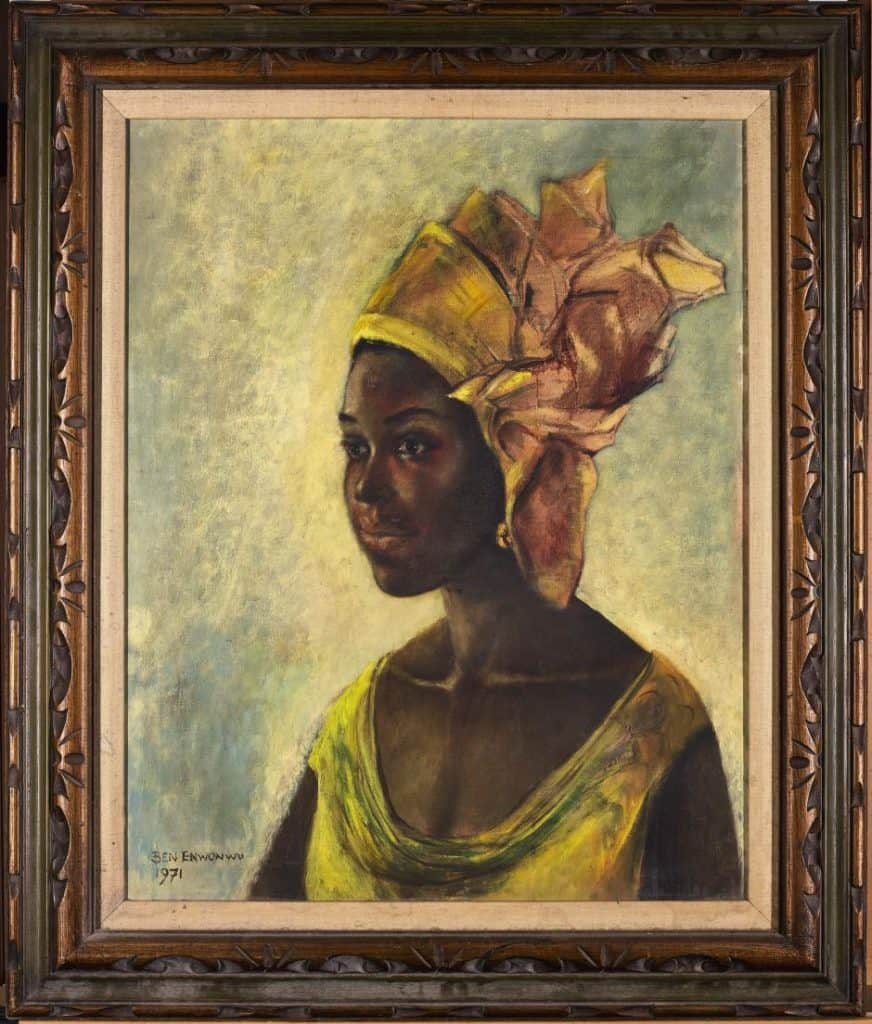
The shift in interest toward African art began after the turn of the 21st century, as the economies of African countries began to grow, and private wealth along with it, O’Leary says. Yet contemporary African art represents less than 1% of the international contemporary market for about 17% of the world’s population and a much larger diaspora beyond, she says.
“There’s a huge discrepancy between the kind of representation that Africa has in the international market and where it could be,” O’Leary says.
The accelerating pace of prices in the market, however, is making it more difficult for museums to keep up and tell the story of art from Africa.
“As a public institution, we can raise money to buy important works, but we can’t do it quickly enough to respond to the markets the way they are set up and we don’t always have the necessary reserves to be able to just overnight make a decision,” Gus Casely-Hayford, director of the Smithsonian’s National Museum of African Art, said Monday evening at a Sotheby’s talk titled “Putting Contemporary African Art on the Map.”
“We have to build close strategic partnerships, alliances, understandings with people—with collectors and auction houses—so we can, where possible, fill the gaps in the narrative that we try to tell,” Casely-Hayford says.
For instance, Casely-Hayford said the museum would love to have some of the works Sotheby’s will be offering for sale next month.
Among the highlights of the upcoming auction is Cyclists in Sophiatown, 1940, a richly painted oil on canvas board by the South African artist Gerard Sekota of bicycle riders on their way to work at dawn. Sekota, known for his social realism, left South Africa before apartheid took hold in 1948 and was exiled in Paris until his death in 1993.
Works by Sekota executed before he left the country are “highly prized, highly valuable, very rare,” says O’Leary, in part because South African rules prohibit them from leaving the country.
With an estimate between £250,000 and £350,000, Cyclists in Sophiatown is the highest valued work in the 100-lot sale.
O’Leary considers Sekota and Nigerian artist Ben Enwonwu to be the continent’s greatest artists. Their stories intertwine, as well, as they shared studio space in Paris in the late 1940s, she says.
But while Sekota was exiled from his country, Enwonwu, often credited as the father of African modernism, according to O’Leary, was celebrated. He served as the art adviser of the colonial office in Nigeria in 1948, before it gained independence from Britain, and he was named Africa’s greatest artist by Time magazine in 1949.
Enwonwu, who studied fine arts in Nigeria as well as at the Slade School of Fine Arts in the U.K., was known for blending cultures in his works. The Sotheby’s sale features Christine, 1971, a “brand new discovery” for the art market, and “one of this artist’s finest portraits,” O’Leary says.
Sotheby’s learned of the portrait only after a family member contacted the auction house through its online valuations platform. Sotheby’s called the owner to say, “we think this could be worth up to US$200,000, and he couldn’t believe it,” O’Leary says. “His first response was, ‘but who wants a painting of my mother?’”
The estimate on the work is between £100,000 and £150,000.
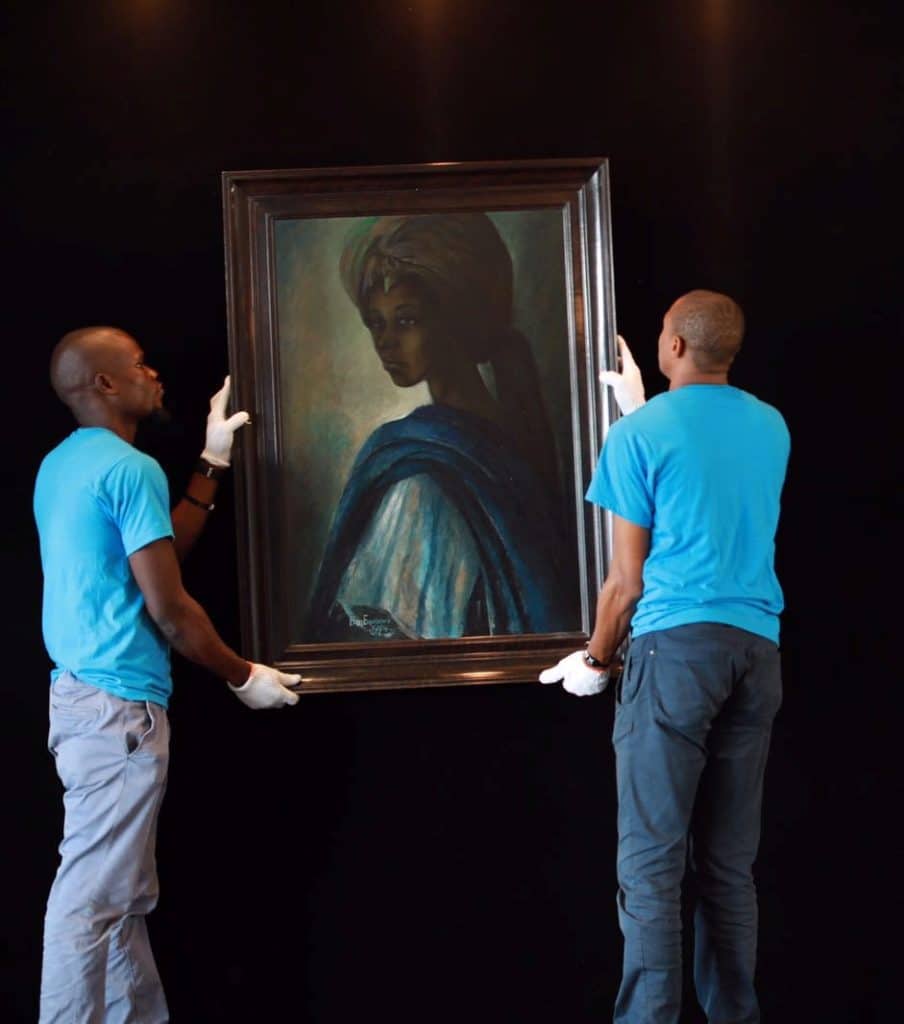
Sotheby’s Shines Light on Modern and Contemporary African Art by By Abby Schultz for Barrons

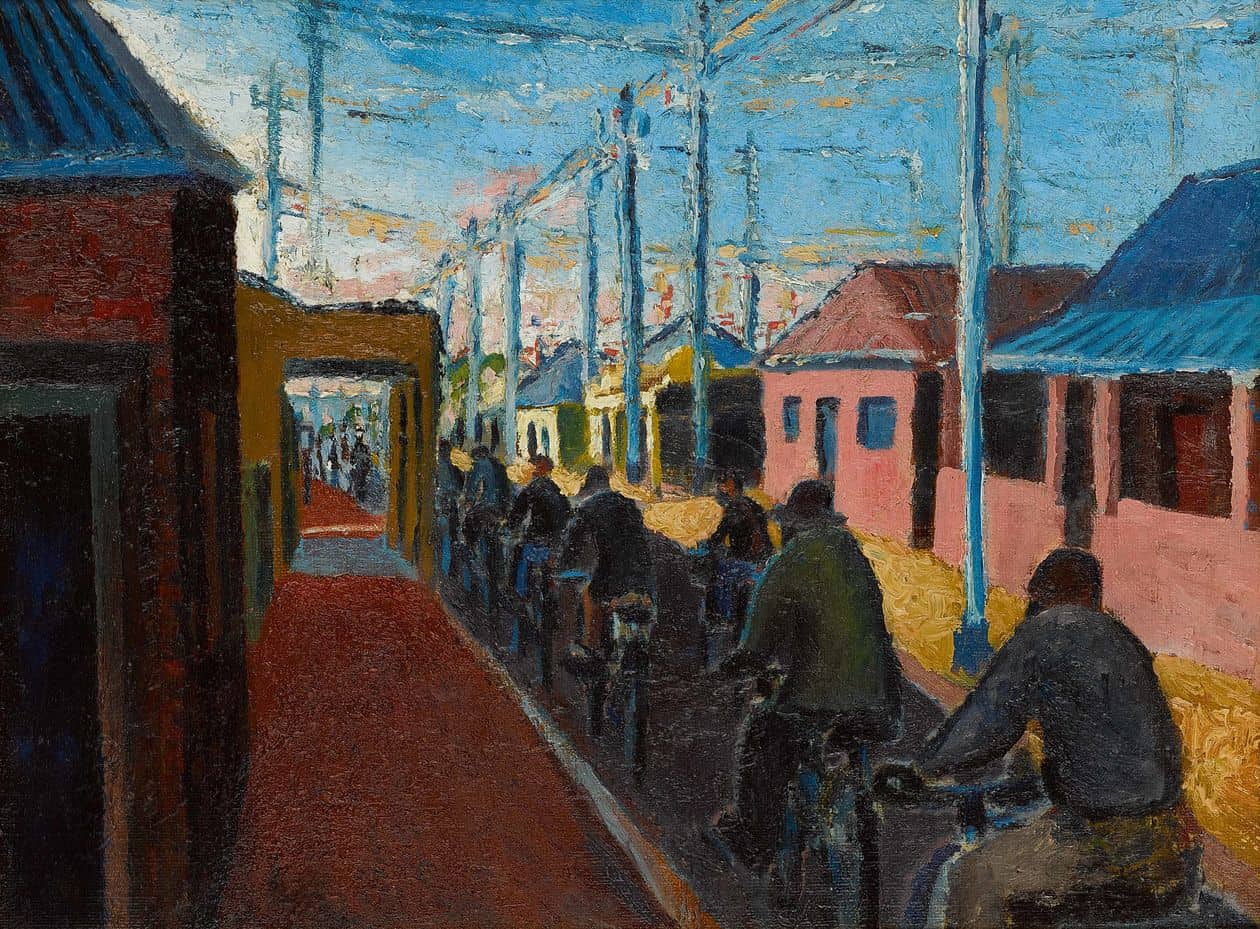

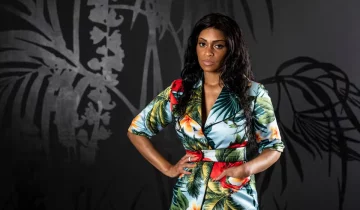
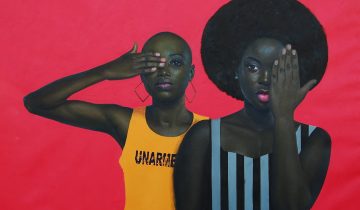
 No products in the basket.
No products in the basket.